Introduction
Embarking on an outdoor adventure? Whether it's a beach picnic, a camping trip, or a tailgate party, one essential item you can't overlook is a reliable ice cooler. But not just any cooler, an ice cooler with wheels. This game-changer not only keeps your drinks chilled but also offers the convenience of mobility, making your outdoor experiences more enjoyable and less strenuous. This comprehensive guide will delve into the science behind ice coolers, the role of materials in ice retention, and how to choose the right one for your needs. We'll also highlight top options to consider and provide tips on maintaining your cooler for longevity and effectiveness.
Understanding the Importance of Ice Coolers with Wheels
Ice coolers with wheels are a game-changer for outdoor enthusiasts. Their key advantage is their mobility, allowing you to transport heavy drinks and ice with ease. Whether you're traversing sandy terrain, rocky trails, or steep slopes, a wheeled cooler makes the task manageable. If you're planning to carry a medium-to-large cooler over a distance of more than 50 yards, a cooler with wheels is the best choice. It simplifies your outdoor adventures, making them more enjoyable and less strenuous.
The Science Behind Ice Coolers
The science behind ice coolers lies in the thermal properties of the cooling packs used. Different substances have varying heat capacities, meaning they require different amounts of energy to cool. Additionally, the latent heat of fusion, the energy needed to change the state of the substance, plays a crucial role. The melting point of the ice pack is also significant. As the pack melts, it absorbs more energy from the system without increasing temperature, providing extra cooling capacity. Therefore, the choice of ice pack should consider the desired temperature inside the cooler and the total heat the pack can absorb.
How Insulation Works
Insulation is key to how coolers maintain low temperatures. Two main processes, convection and conduction, are involved. Convection, the movement of heat through air currents, and conduction, the transfer of heat from warmer to colder objects, are both slowed by the insulation in coolers. This barrier is effective when the cooler lid is closed, as opening it allows warm air in. Another aspect of insulation is the use of ice, which absorbs a lot of energy before melting. Keeping the water from melted ice inside the cooler can actually prolong the ice's lifespan.
The Role of Materials in Ice Retention
Ice coolers are primarily insulated using different types of foam. Cheaper variants use styrofoam, while premium ones use polyurethane foam, which is denser and more effective. This foam is pressure injected into a cooler mold, filling up all air gaps with up to two inches of insulation. Polyurethane sets hard, adding extra strength to the cooler. The combination of better insulation and construction techniques like rotomolding allows these coolers to achieve high ice retention.
Choosing the Right Ice Cooler with Wheels
Choosing the right ice cooler with wheels depends on several factors. Consider the length of time you need to keep the contents cold, the weight you're prepared to pull, and your budget. For longer trips, hard coolers offer superior ice retention. For shorter trips where weight is a concern, a lighter soft cooler on wheels is ideal. Hard coolers are more durable, often wildlife-proof, and may come with additional features like built-in cup holders or food-prepping stations. However, they are typically more expensive than soft coolers.
Size and Capacity
When choosing an ice cooler with wheels, size and capacity are crucial factors. The external dimensions, including width, length, and height, vary across different models. Storage capacity is subjective and depends on your preference for ice versus can storage. Some may prefer less ice to store more cans, while others may opt for more ice to maximize cooling performance. The capacity values listed are based on extensive testing, aiming to find a balance between maximizing can storage and ice life.
Durability and Construction
When it comes to durability and construction, some coolers stand out. They are rotomolded, resulting in a rugged and efficient design. The thick walls filled with insulation and secure, easy-to-open latches contribute to their robustness. Some coolers offer extreme ice retention with 2" of insulation and a freezer-grade gasket. They're also backed by a lifetime guarantee. However, the trade-off for such durability is often weight, as these coolers can be heavy. But the convenience of wheels makes them easy to transport, even when full.
Ease of Transport
When deciding between a cooler with wheels and one without, consider where you’ll be bringing it. A wheeled cooler is the best choice when traveling a long distance. It will make the walk so much easier if you can pull the cooler behind you instead of hauling it over your shoulder or in both hands. Plus, whether you’re tailgating for a few hours or camping for days, you’ll most likely be carrying other items than just a cooler. Bringing a wheeled cooler frees up one hand to carry a folding chair, as opposed to using both hands to carry large, heavy loads.
Additional Features
When choosing an ice cooler with wheels, additional features can enhance its functionality and convenience. For instance, some coolers double as a seat or table when the lid is closed. Others come with a telescoping handle that locks in place and built-in cup holders to prevent spills. Some boast a built-in bottle opener and integrated measuring stick. Others offer a removable tray and pole slots. Lastly, some provide a bungee cord and cup holders on the lid.
Top Ice Cooler Options to Consider
When considering ice coolers with wheels, several options stand out. Some are known for their durability and excellent insulation. Compact options are perfect for limited spaces. Durable options can hold up to 54 cans. Feature-rich options come with a lockable storage compartment and food basket. Lastly, there are affordable, lightweight options with a capacity of 42 cans.
Maintaining Your Ice Cooler with Wheels
Maintaining your ice cooler with wheels is crucial for its longevity and effectiveness. After a day of use, it's important to clean your cooler thoroughly. This involves emptying it, cleaning it with water and a mild detergent, and rinsing it thoroughly. Make sure to wipe it completely dry before storing to prevent bacterial growth. If your cooler has a drain plug, ensure it's open to prevent moisture accumulation during storage. Regular cleaning helps keep your cooler bacteria- and germ-free, ensuring your food stays safe and your cooler lasts longer.
Cleaning and Storage
After a day of fun, it's crucial to clean your cooler to keep it bacteria- and germ-free. At the end of the picnic or as soon as you return home, clean your cooler with water and a mild detergent and rinse thoroughly. Wipe it completely dry before storing. If lingering odors are an issue, a quick wipe with a vanilla extract-soaked paper towel can freshen things up. If your cooler has a drain plug, ensure it's open to prevent moisture from accumulating during storage.
Regular Inspection and Repair
Maintaining your ice cooler with wheels involves regular inspection and repair. Start by emptying all contents, including remnants of ice or liquids. Look for drain plugs, which allow for easy drainage and fast drying. If there are stains or lingering odors, wipe the interior with mild dish soap and warm water. The same can be applied to the exterior if there is any dirt or debris. Allow the cooler to dry fully before storing it. If odors persist, use a spray bottle of bleach and wipe it away with water.
Conclusion
Choosing the right ice cooler with wheels can significantly enhance your outdoor experiences. From understanding the science behind their cooling properties to the importance of insulation and material choice, it's clear that a lot goes into making these coolers efficient and durable. Factors such as size, capacity, durability, ease of transport, and additional features play a crucial role in your selection process. With a range of options to suit different needs and budgets, you're sure to find the perfect cooler. But remember, the longevity of your cooler depends on proper maintenance, including regular cleaning, inspection, and repair. With the right cooler, your outdoor adventures will be more enjoyable, less strenuous, and definitely chillier.

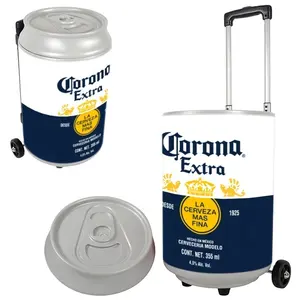

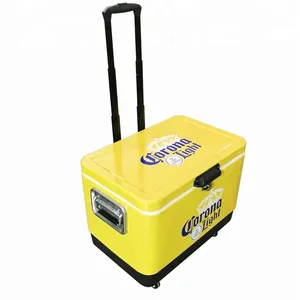

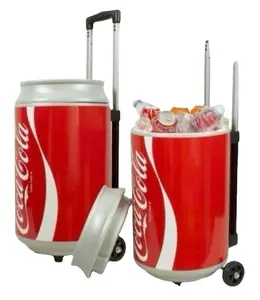




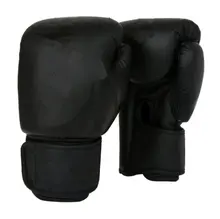
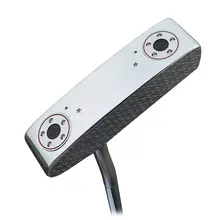
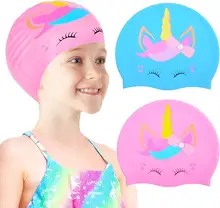

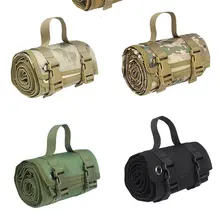



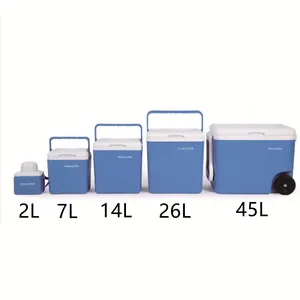
























 浙公网安备 33010002000092号
浙公网安备 33010002000092号 浙B2-20120091-4
浙B2-20120091-4